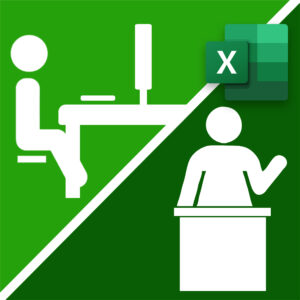Sports broadcasting have evolved dramatically over the past few decades, profoundly transforming the fan...
Sports
In the field of sports entertainment, the digital period has directed in an innovation...
Bundesliga Games tickets are not in every case simple to drop by. That is...
Learning Mixed Martial Arts or MMA is a difficult undertaking, and utilizing a grappling...
The most ideal approach to manage beneficial games contributing is for you to look...








